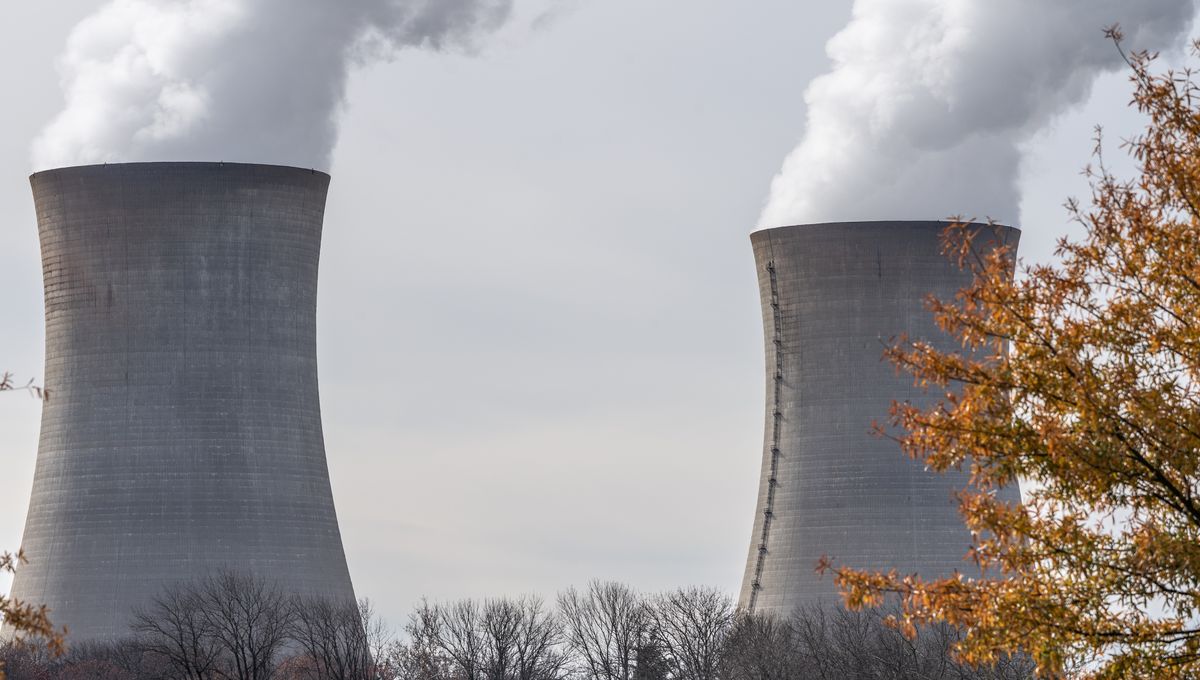
Bill Gates has helped “break ground” on the development of a new next-generation nuclear reactor. The project, which is run between TerraPower and the Department of Energy, plans to build a new sodium test reactor at a site in Kemmerer, Wyoming by 2030.
The nuclear industry has been in decline in the USA for decades. Despite the country being one of the first nations to generate nuclear energy for commercial civilian purposes, there have been few developments since the late 1970s. For instance, since 1978, only two nuclear power plants have started construction, and that only occurred in 2013.
This industry has stalled because of various broad challenges related to economics, regulatory frameworks, and technological problems, as well as declining respect within the public sphere.
All of the USA’s existing nuclear power plants are traditional pressurized water reactors, which rely on technologies developed over 40 years ago. They are expensive to build and even more so to maintain across their lifecycle. Costs do not just concern the initial construction, but also the ongoing price of fuels, operational costs, and engineering fees. And then there’s the problem of the nuclear waste, which in the US is mostly stored in tanks at sites owned by the Department of Energy.
The industry was also fatally wounded by the Three Mile Island partial meltdown in 1979, which caused new regulatory delays to the 51 new reactors that were under construction at the time. With the introduction of new safety procedures and back-fit requirements, the speed of construction was slowed down, and the costs skyrocketed for many reactors. After that, many contracts were canceled and the industry ground to a halt.
Today, nuclear power provides around one-fifth of the country’s electricity.
But in 2008, Bill Gates founded TerraPower with the aim of building a new generation of nuclear reactors in the US. The reactors, called Natrium, are 345-megawatt modular, pool type, liquid sodium reactors that run off low-enriched uranium (this is fuel that contains 5 to 20 percent fissile uranium). The reactors are also hooked up to a 1-gigawatt hour molten salt storage system.
This type of reactor operates under the idea that liquid metals are far better than water at absorbing heat while also maintaining a consistent pressure. By using liquid sodium, which has a boiling point that is more than eight times higher than that of water, the Natrium plants can absorb more heat from the nuclear core. Also, sodium doesn’t need to be pumped away, because it gets cooler as it rises.
Importantly, even if the reactor loses power, the sodium will carry on absorbing heat without reaching dangerous temperatures that would result in a meltdown.
“Safety isn’t the only reason I’m excited about the Natrium design,” Gates has explained. “It also includes an energy storage system that will allow it to control how much electricity it produces at any given time. That’s unique among nuclear reactors, and it’s essential for integrating with power grids that use variable sources like solar and wind.”
The “groundbreaking” new development Gates is celebrating is essentially symbolic. TerraPower has had its construction permit approved for review, which is just another step in a lengthy and slow bureaucratic process.
However, Gates is not wasting any time. His team are going to develop a test facility that will test components and transfer the liquid sodium that will, he hopes, eventually be used in the reactor. If construction is approved, then Gates hopes to have the reactor up and running by 2030.
“For a project this big and this important to work, it takes private companies partnering with public leaders and governments. I can’t say enough good things about Mayor Bill Thek, Mayor Mark Langley, and the remarkable communities here in Kemmerer and Diamondville, who have embraced this project,” Gates says.
“Today couldn’t have happened without the Department of Energy’s Advanced Reactor Demonstration Program, which is supporting the project with the largest single contribution the federal government has ever committed to a private project. If we’re going to solve climate change, it’s going to take courage, commitment, and partnership between the federal government and private industry, a point that Secretary of Energy Jennifer Granholm has made repeatedly.”
Despite this small step of progress for Gates’ scheme, there will still be those who are skeptical about its overall success or promises. Research has poured cold water on some of the hype surrounding these proposed next-generation reactors, including liquid-sodium reactors. According to a report produced by the Union of Concerned Scientists in 2021, Natrium reactors may be less “uranium-efficient”, may not reduce the amount of nuclear waste produced, and may face safety risks that are unique to them and absent from their predecessors.
The future of nuclear power in the US is therefore still an open question, but as the climate disaster continues to play out, we need new alternatives that do not rely on traditional fossil fuels. We will see if Gates does indeed have the answer.
Source Link: Bill Gates Has Made Progress Towards Next-Generation Nuclear Reactors